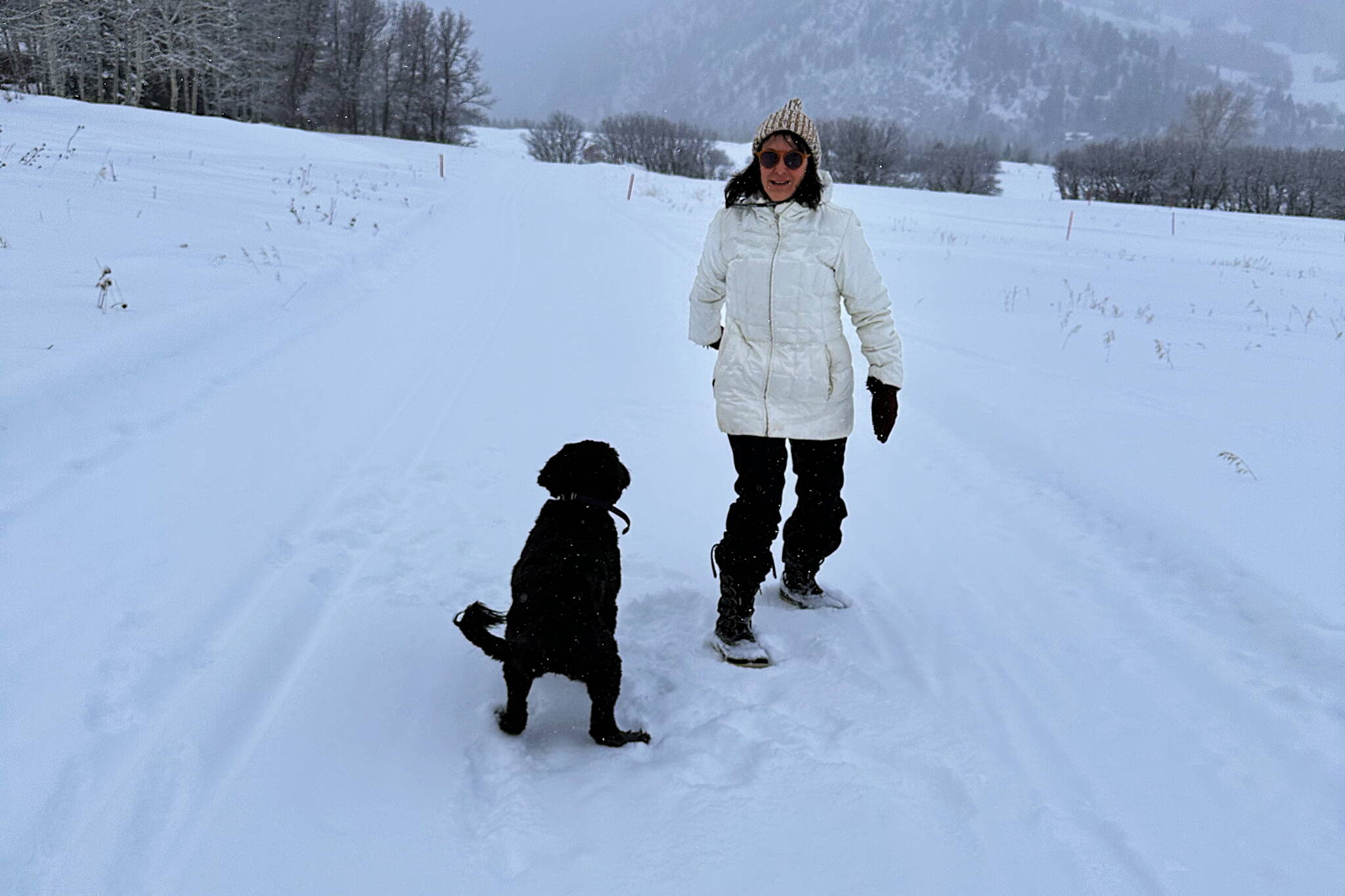As you read this column Jews around the world are preparing to celebrate the holiday of Sukkot, or Booths. It is the Jewish equivalent of Thanksgiving — a holiday of joy to celebrate the harvest in the land of Israel. Jews build temporary shelters that remind us of what our ancestors slept in when they were in the fields: booths with three sides and a roof of branches you can see up and through to view the stars.
The structure of the Sukkah or booth is temporary. It is meant to remind us how fragile life is, but also how beautiful. We can see the stars, we can feel the wind, we can have enough food to eat to get us through the winter months. It is a direct reminder of God’s blessings.
There are a few challenges to this theme, however. First, here in Juneau we are definitely way past the harvest. And unless you want to be soaking wet, you’re unlikely to want to sleep outside in a Sukkah, and you’re unlikely to see any stars. The rabbis have a solution for that: acknowledging that not everywhere has the climate of the Middle East, it’s OK to just rush out into the Sukkah, saying a blessing over the wine, and rush back in.
A bigger challenge is when Sukkot takes place. It starts only four days after the somber and serious holiday of Yom Kippur. Yom Kippur is the Jewish holiday where we pray to God to forgive us for our sins. We fast; we don’t bathe, we don’t work and we pray all day. And Yom Kippur is the conclusion of the 10 days of Repentance between Rosh Hashanah (Jewish New Year) and Yom Kippur (together, the High Holy Days) and after a warm up of a whole month of prayer and introspection to get us ready to repent.
How can we really be joyous after the exhausting, painful experience of Yom Kippur? Why are these holidays so close together? Shouldn’t we have the harvest and Thanksgiving first, and then do the hard work of repentance and turning away from our sins in the cold and dark of winter?
We could just say that this is an accident of the calendar. After all, the harvest happens when it happens, and the agricultural cycle of the Jewish holidays (Passover, Shavuot and Sukkot) are connected to the climate of Israel and are separate from the historical origins of Rosh HaShanah and Yom Kippur.
But I think there’s something deeper here.
The work of Yom Kippur, or repentance, is hard and deep. Not only are we expected to admit our sins — individually and collectively — against God, we also are told we must admit to our sins against others, and seek forgiveness. It’s one thing to talk privately to God about what you’ve done wrong. It’s another thing altogether to say out loud to a partner or friend “I’m sorry. I did something hurtful. I will make amends. I will stop the bad behavior.” Often we don’t complete that work. We know we are still working on transformation, that we still have to atone.
That realization can make us feel ashamed. It can lead us to feel discouraged, to turn away from God and the work of self improvement. It can make the long, cold winter of our souls feel daunting.
Which is why, I think, the authors of the Torah (the Jewish Bible) and the Rabbis who interpreted the Torah understood that we need joy immediately after the somber period of the High Holy Days to recover and regain perspective. Sukkot reminds us that we are human after all. Yes, we have ongoing work to do to be the best version of ourselves. Yes, we have committed sins. But we also are all God’s people, and we have much to celebrate.
Chag sameach — a joyous holiday of Sukkot to all of you. Happy Thanksgiving!
• Jennifer Moses is a student rabbi at Congregation Sukkat Shalom. Living and Growing is a weekly column written by different authors and submitted by local clergy and spiritual leaders. It appears every Saturday on the Juneau Empire’s Faith page.

